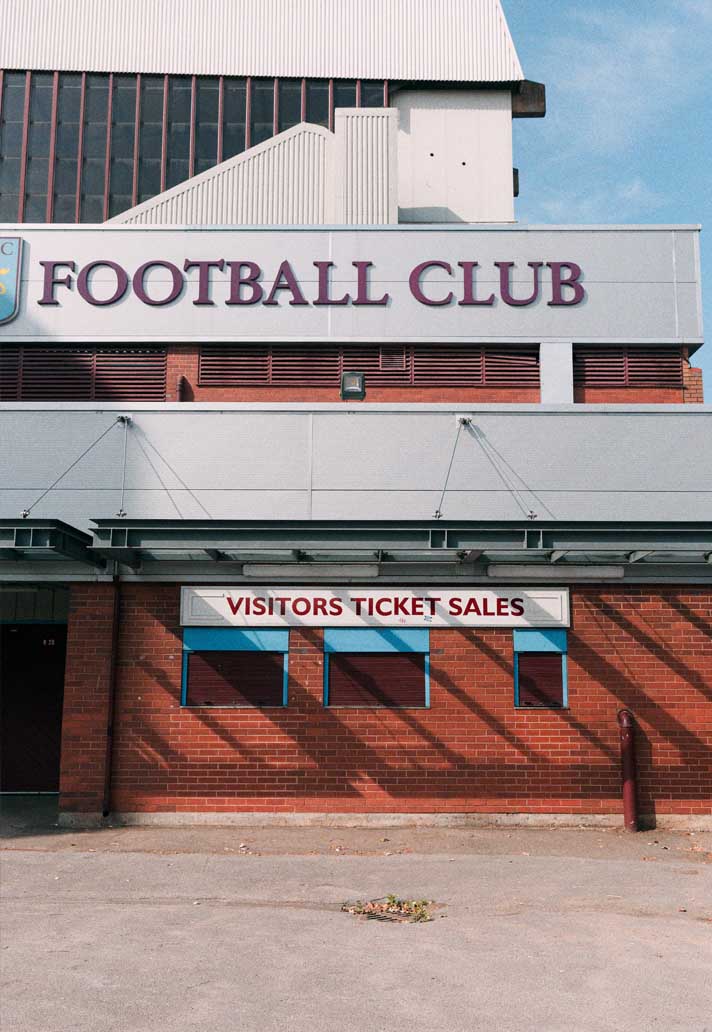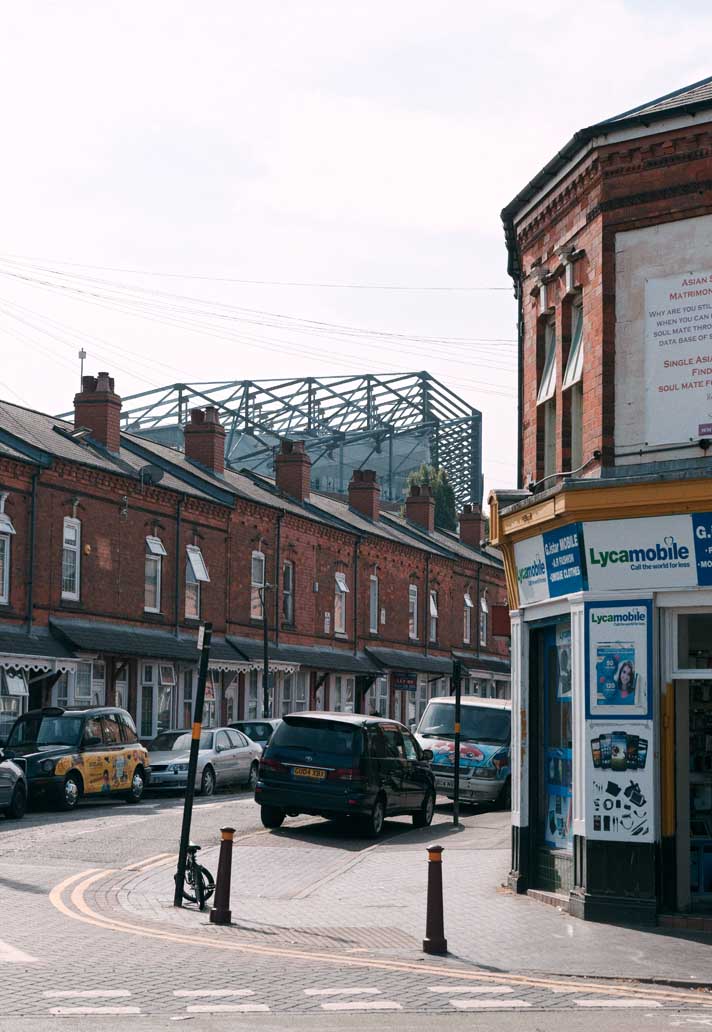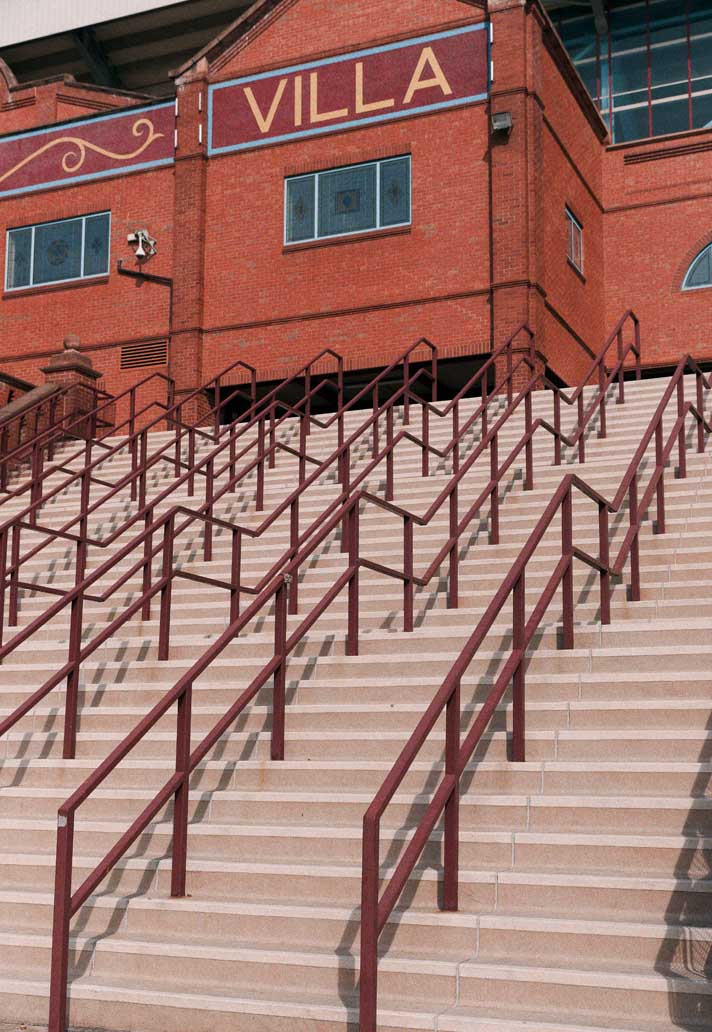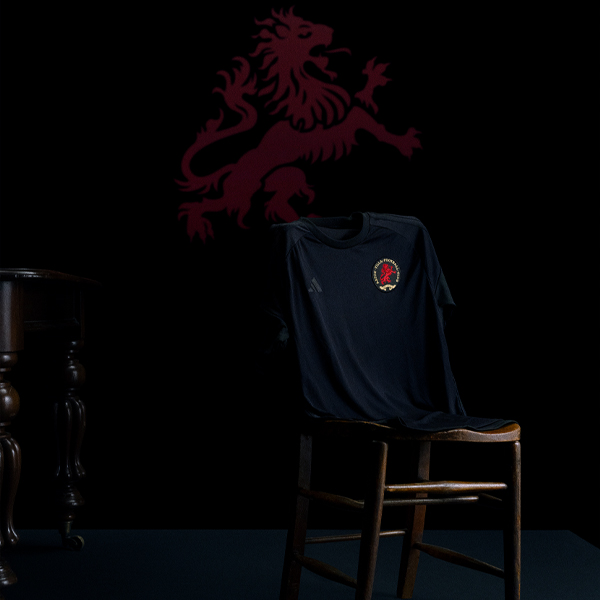For the next destination in our 'Residence' series we enter through the gates and up the steps into one of English football's most historic stadiums. Steeped in a history that provides a timeline of British architecture, Villa Park is the central hub of English football, the home of Aston Villa.
It's hosted a World Cup in 66, a Euros in 96, a European Cup Final, League Cup Final, the England national team and 55 FA Cup Semi Finals. From its stunning brick facade, to traditional four individual stands – they quite literally don't make them like this anymore. Villa Park is simply a must visit for every football fan, with a prestigious value that rises with each old stadium that's replaced by an out of city bowl.

Villa Park oozes character with its charming sense of throwback football vibes and beautiful old-fashioned feel from the moment you catch a glimpse of the roof structure through the surrounding Victorian streets, to the moment you take your seat.
A proper football day out, here. Upon our visit, just a few days before Villa's first home game of the 2018/19 season, Villa Park is spotless. The fact a stadium so old with such history can remain in such beautiful condition is exactly why this arena of royalty will forever be one of the realest British footballing venues.
Aston Villa are the only Football League club to stock a cupboard full of Ball Boys in case they run out on a match day.
Every bit a Premier League stadium, Aston Villa will be hoping to turn their illustrious home into a fortress on another promotion challenge kicking off their 2018/19 home campaign opener against Wigan Athletic on Saturday.

































